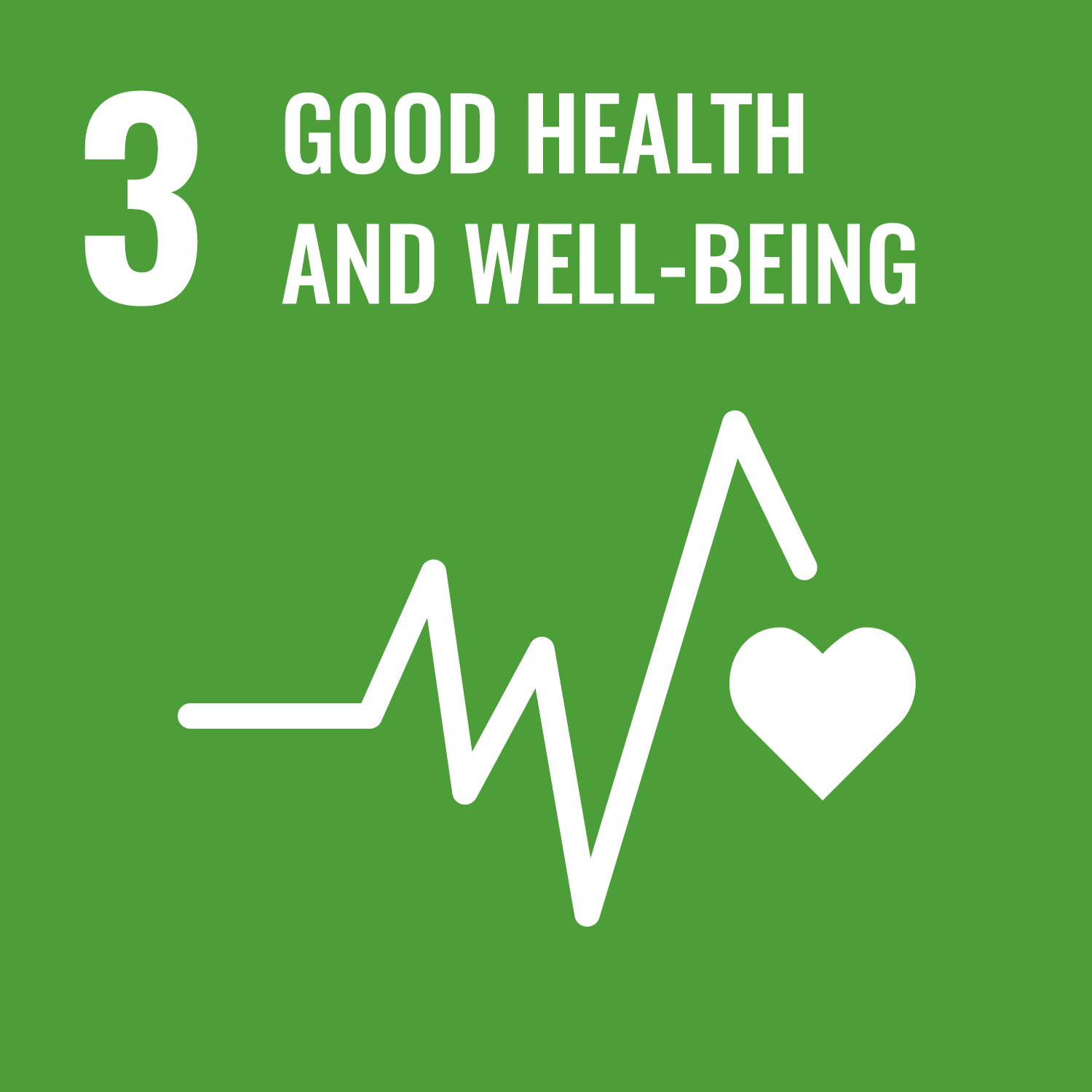In this course, students will first review the basics of elementary "complex chemistry," i.e., electronic configuration and
properties of transition metals and their reactions. Next, the knowledge is applied to molecular structures and properties
of supramolecular metal complexes and catalysts. Students will also learn the role of metal ions and their applications in
artificial models and medicine as they deal with transcription, transport, storage, electron transfer, and enzymes as examples
of the use of metal ions in biology.
To study the role of metal ions in major active sites in living organisms from the basics of complex chemistry, an organic/inorganic
hybrid material.
1) To be able to explain the relationship between the structure and physical properties of d-metal complexes.
2) To be able to explain supramolecular metal complexes and catalysts as examples of metal complex applications in terms of structure and function.
3) Understand the roles of major metal ions in the active sites of living organisms and explain their application to pharmaceuticals.
1) To be able to explain the relationship between the structure and physical properties of d-metal complexes.
2) To be able to explain supramolecular metal complexes and catalysts as examples of metal complex applications in terms of structure and function.
3) Understand the roles of major metal ions in the active sites of living organisms and explain their application to pharmaceuticals.
- To be able to explain the relationship between the structure and physical properties of d-metal complexes.
- To be able to explain supramolecular metal complexes and catalysts as examples of metal complex applications in terms of structure and function.
- Understand the roles of major metal ions in the active sites of living organisms and explain their application to pharmaceuticals.
| Quizzes | Research study | Term-end examination | Total. | |
|---|---|---|---|---|
| 1. | 10% | 5% | 15% | 30% |
| 2. | 10% | 15% | 15% | 40% |
| 3. | 10% | 20% | 30% | |
| Total. | 30% | 20% | 50% | - |
Take several quizzes in one semester. A total of 100 points, including 30 points for the quiz, 20 points for the report, and
50 points for the final exam, and a total score of 60 points or more is passed.
A score of approximately 60% is given to the student who can solve the basic exercises and new problems of the same level.
If you master the content of each quiz and can solve it by yourself without referring to textbooks and notebooks, you should be able to score 80% in the final exam.
A score of approximately 60% is given to the student who can solve the basic exercises and new problems of the same level.
If you master the content of each quiz and can solve it by yourself without referring to textbooks and notebooks, you should be able to score 80% in the final exam.
| Class schedule | HW assignments (Including preparation and review of the class.) | Amount of Time Required | |
|---|---|---|---|
| 1. | Introduction to coordination chemistry diversity of metal complexes, role of organic molecules in metal complexes | Read the textbook and complete the assignments. | 130minutes |
| 2. | d-metal complexes: electronic structure and physical properties crystal field theory, ligand field theory, electronic configuration and structure | Read the textbook and complete the assignments. | 200minutes |
| 3. | d-metal complexes: electronic structure and properties electronic spectra, magnetism | Read the textbook and complete the assignments. | 200minutes |
| 4. | Coordination chemistry: reactions of complexes, ligand substitution reactions, redox reactions, photochemical reactions | Read the textbook and complete the assignments. | 200minutes |
| 5. | Materials chemistry and nanomaterials: terminology and history, nanostructures and properties | Read the textbook and complete the assignments. | 200minutes |
| 6. | Supramolecular metal complexes: molecular interactions, polynuclear metal complexes, coordination polymers | Read the textbook and complete the assignments. | 200minutes |
| 7. | Research studies, and explanation | To prepare the report and summarize the applications of familiar metal complexes. | 200minutes |
| 8. | Catalysts: general principles, homogeneous and heterogeneous catalysts | Read the textbook and complete the assignments. | 130minutes |
| 9. | Inorganic composition of biology: trace elements, metal coordination sites | Read the textbook and complete the assignments. | 200minutes |
| 10. | Transcription, transport, and storage: zinc and oxygen transport and storage in transcription | Read the textbook and complete the assignments. | 200minutes |
| 11. | Electron transfer and enzymes: cytochrome, dinuclear metal complexes, metal clusters | Read the textbook and complete the assignments. | 200minutes |
| 12. | Design and synthesis of metal complexes: artificial models, analytical methods | Read the textbook and complete the assignments. | 200minutes |
| 13. | Inorganic chemistry in medicine: metal complexes used in therapy, chelation therapy | Read the textbook and complete the assignments. | 200minutes |
| 14. | Term-end examination and explanation | Review all the contents. | 200minutes |
| Total. | - | - | 2660minutes |
| ways of feedback | specific contents about "Other" |
|---|---|
| Feedback in the class |
Textbooks:
シュライバー・アトキンス無機化学(下)(M. Weller他著、東京化学同人)
Reference books:
「新しい基礎無機化学」合原 眞 編著(三共出版)
「基礎無機化学」J.D.Lee / 浜口 博 訳(東京化学同人)
Handouts will be provided through LMS Scomb.
シュライバー・アトキンス無機化学(下)(M. Weller他著、東京化学同人)
Reference books:
「新しい基礎無機化学」合原 眞 編著(三共出版)
「基礎無機化学」J.D.Lee / 浜口 博 訳(東京化学同人)
Handouts will be provided through LMS Scomb.
- Please contact on Friday from 13:20 to 17:00 at Rm 3100-1 on 1st floor of the 3rd building, or e-mail to ahori@shibaura-it.ac.jp.
- Course that cultivates an ability for utilizing knowledge
- Course that cultivates a basic problem-solving skills
| Work experience | Work experience and relevance to the course content if applicable |
|---|---|
| N/A | 該当しない |



- 3.GOOD HEALTH AND WELL-BEING
- 9.INDUSTRY, INNOVATION AND INFRASTRUCTURE
- 12.RESPONSIBLE CONSUMPTION & PRODUCTION
Last modified : Sat Mar 08 04:28:40 JST 2025
